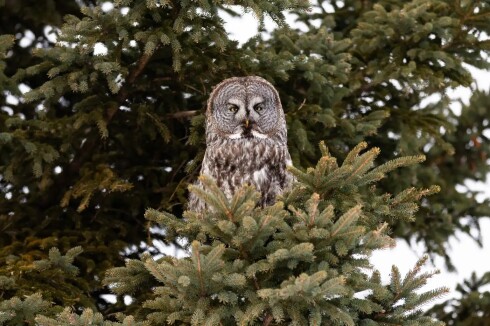BRAINERD — Ray Nelson was overjoyed to lay his eyes again on a historic discovery and it’s easy to see why.
A rifle relic found on the shoreline of Lower Hay Lake on the Whitefish Chain in the 1960s was nearly forgotten and tossed away more than once.
ADVERTISEMENT
“I’ve been now doing research for over 35 years looking to ID the relic gunstock in hopes of determining how it got to be a relic found along the shores of Lower Hay Lake by F.T. Gustavson,” Nelson said.
Nelson is the former president of the Friends of Old Crow Wing. The Ironton, Minnesota, resident is a member and a founder of the Crow Wing County Muzzleloaders Club, which was formed in 1977.
“After all these years of search, it appears to be the oldest rifle artifact found thus far in Minnesota,” Nelson said. “Having a curious unknown history has kept me looking for it and the process keeps revealing more stories from its day and age.”

The relic has a thin engraved, brass, feathered, water serpent-shaped side plate similar to early forms of gun side plates, especially guns traded to Native Americans.
Nelson realized it was much different than any rifle stock he had seen after closer inspection. He solicited opinions from antique rifle experts, who told him they had not seen anything like it.
“It is well known that the Indians always have the guns of their deceased relation deposited in a broken condition in their graves which deprives the rising generation from benefitting. The stock of the gun and the barrel are directly broke ahead of the trigger guard,” wrote John Askin, an Indian Department agent, in 1813.
Nelson said that may explain why only the buttstock of the rifle was found by Gustavson in its broken condition.
ADVERTISEMENT
“When I first saw this relic gunstock in the Crow Wing County museum in the 1980s, I knew it was unique for our location here in Minnesota. It was totally out of place, in my mind, at the time,” Nelson said.
The U.S. Department of Agriculture Forest Service’s laboratory in Madison, Wisconsin, was able this past winter to identify the gunstock wood as birch, which was more commonly used in gunstocks made in Denmark, Sweden and Norway, according to Nelson.
“Based on comparing several documented arms from northern Europe, it still appears the relic’s closeness in architecture began in southwest Germany near the French and Swiss borders,” Nelson said.
Nelson determined the rifle has attributes from the Odenwald region of Germany, near the Neckar and Rhine rivers on the French border. Immigrants from Germany and Denmark came to America in the early 1700s to become traders.
“The developing trade with Indian populations and a new country full of game and furs made it worthwhile to ship firearms to America for sale and trade,” Nelson wrote in his notes.
Many traders would give their best rifles to Native American chiefs to keep up business ties with them, Nelson said. The water level of Lower Hay Lake would rise and fall throughout the year, which could stir up artifacts along the shoreline during low water conditions.
“However close some of these old firearms have come to near duplication of the Lower Hay relic, none have yet been found with the relic’s unique narrow, slim and flowing blend of gun furniture architecture,” Nelson said.
ADVERTISEMENT
Frank Lee may be reached at 218-855-5863 or at frank.lee@brainerddispatch.com . Follow him on Twitter at www.twitter.com/DispatchFL .









